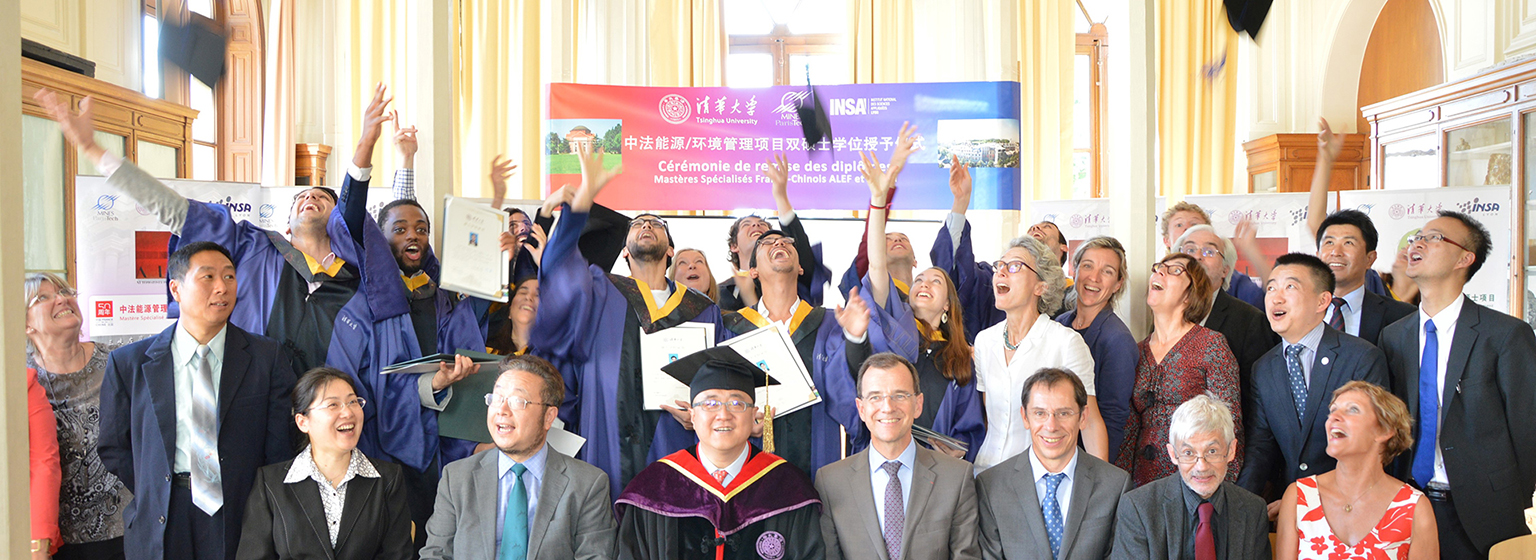课程编号:70050353
课程名称:大气化学传输模型Atmospheric Chemical Transport Model
课程学时:48
课程学分:3
授课语言:英文
课程简介:大气化学传输模式是目前国际上通用的用于研究和解决大气污染控制及污染物跨境传输问题的一个重要工具和手段。本课程介绍污染物在全球大气中进行传输和转换所涉及到的物理学、动力学及化学过程,重点在于讲述这些过程的数学建模理论及其在全球大气化学传输模式中的实现过程。典型的物理学和动力学过程包括平流传输、湍流传输、对流传输、地表吸附、干湿沉降等。典型的化学过程包括光化学反应、气液相间的非均相反应等。课程会具体介绍几种国际上先进的全球大气化学传输模式的构造与技术细节,并与区域、城市尺度的模式进行对比。通过对指定的英文文献的阅读与讨论来深入了解大气化学传输模式在研究全球性污染物(如臭氧、颗粒物、汞等)跨境传输问题中的应用,以及大气化学传输模式在环境政策制定的过程中所起到的积极作用。本课程还结合中国特定的气候环境和大气化学环境,介绍大气化学传输模式在我国空气质量保障任务、污染物减排政策的效用评估、空气质量变化趋势预测等方面的应用。本课程的教学目标是使学生了解并掌握上述知识,并实际操作应用大气化学传输模型,挖掘学生提出并尝试解决科学问题的潜力。
Atmospheric chemical transport models (CTMs) are important tools in improving current understanding of air pollution control and trans-boundary transport of air pollution. The course covers major physical, dynamical, and chemical processes involved in the transport and transformation of important air pollutants in the global atmosphere. The course focuses on the mathematical realization and simulation of these processes by CTMs. Typical physical and dynamical processes to be covered by the course include advection, turbulence, diffusion, convection, and deposition. Typical chemical processes include photochemical reactions in the troposphere, aerosol chemistry, and heterogeneous reactions.
The course will specifically introduce the construction and technical details of several state-of-the-art global CTMs and compare them with regional and urban scale models. Readings and discussions of assigned English literature will provide insight into the application of atmospheric chemistry transport models to the study of transboundary transport of global pollutants (e.g., ozone, particulate matter, mercury, etc.) and the active role of CTMs in the development of environmental policy. This course also introduces the application of CTMs in China's air quality assurance tasks, the assessment of the effectiveness of pollutant reduction policies, and the prediction of air quality change trends in the context of China's specific climatic and atmospheric chemical environment. The pedagogical objectives of this course are to enable students to understand and master the above knowledge and to apply atmospheric CTMs in a practical manner, and to explore the potential of students to formulate and attempt to solve scientific problems.





